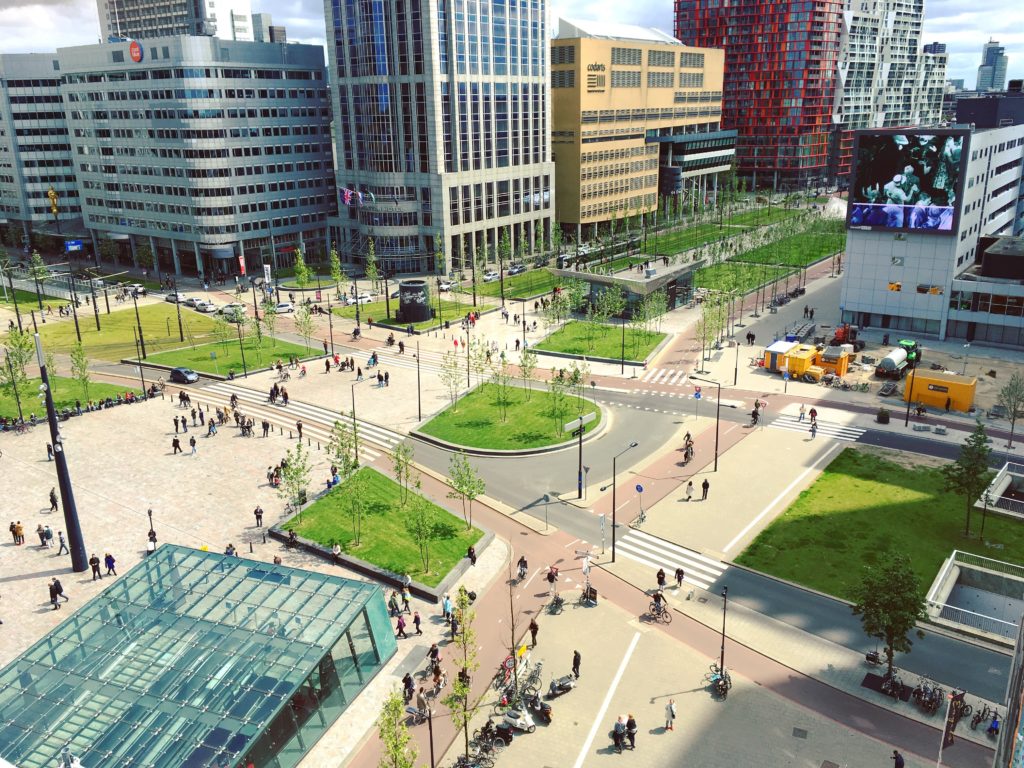To date, the building and construction industry has mainly focused on how buildings perform in-use and where resources can be saved during the operational phase.
However, in order to fully decarbonise, delivering the ambition of the Paris agreement by 2050 to keep global warming to below 1.5 degrees, the building and construction sector must also tackle embodied emissions from the entire building lifecycle. If we fail to do so the repercussions on our planet and everything that we do will be catastrophic.
That’s why this year’s #GreenBuildingWeek was selected as #BuildingLife. Calling on all of the building and construction industry supply chain to decarbonise, by raising awareness of the carbon emissions from all stages of a building’s life cycle, hoping to encourage new practices and ways of thinking.
To help support the industry with working toward these reductions, Green Building Councils around the world have been developing market mechanisms such as green building certifications
But what are the other ways in which we can reduce carbon emissions from all stages of a building’s life cycle?
First we must understand what is embodied carbon:
Embodied carbon refers to the carbon that is released during the material manufacturing and transportation process, and the construction and deconstruction process of a building’s life cycle.
To simplify, it’s the carbon released during the “before use” and “after use” stages of a building’s life cycle.
How do we reduce embodied carbon?
- Product manufacturers should start seeking out ways to source, produce and transport materials more sustainably.
- Building designers should consider designing with sustainability in mind, thus enhancing resource efficiency and reducing harmful emissions to protect the environment.
- Sustainable construction practices should be introduced in the construction process of a building, ideally using sustainably sourced, locally available materials to reduce construction site and transport emissions.
- Prioritise deconstruction (as opposed to demolition) and seek to reuse and recycle as many materials as possible to save natural resources.
On the other hand, operational carbon refers to the carbon emitted during the “in use” stage of a building’s life cycle.
How do we reduce operating emissions?
In order to reduce the operating or “in use” emissions of new and existing buildings we need to work on reducing energy use in all stages of a building’s life cycle, teach building users how to be more efficient, which in turn also reducing the running costs of buildings.
We also need to work on integrating renewable and low carbon technologies to supply buildings’ energy needs, once natural and inbuilt efficiencies have been maximised.
Feeling inspired to part-take by #BuildingLife this #WGBW2019, but not sure how to get involved if you’re not an engineer, building owner, designer or product manufacturer?
Visit the World Green Building Week HOMEPAGE or join HERE to show your support and to see your activity on the Global Activity Map!
You could also:
- Host a #BuildingLife event in your workplace to raise awareness with your colleagues on the need to reduce emissions from buildings.
- Think about inviting a local expert to share ideas.
- If you can influence or make decisions about how your building operates, consider ways to improve its energy efficiency whether through retrofitting, using smart technology systems or procuring a renewable energy contract.
- If you’re a business looking to reduce the environmental impact of your buildings’ portfolio, join WorldGBC’s Net Zero Carbon Buildings Commitment and pledge to make all your buildings operate at net zero carbon emissions by 2030.








